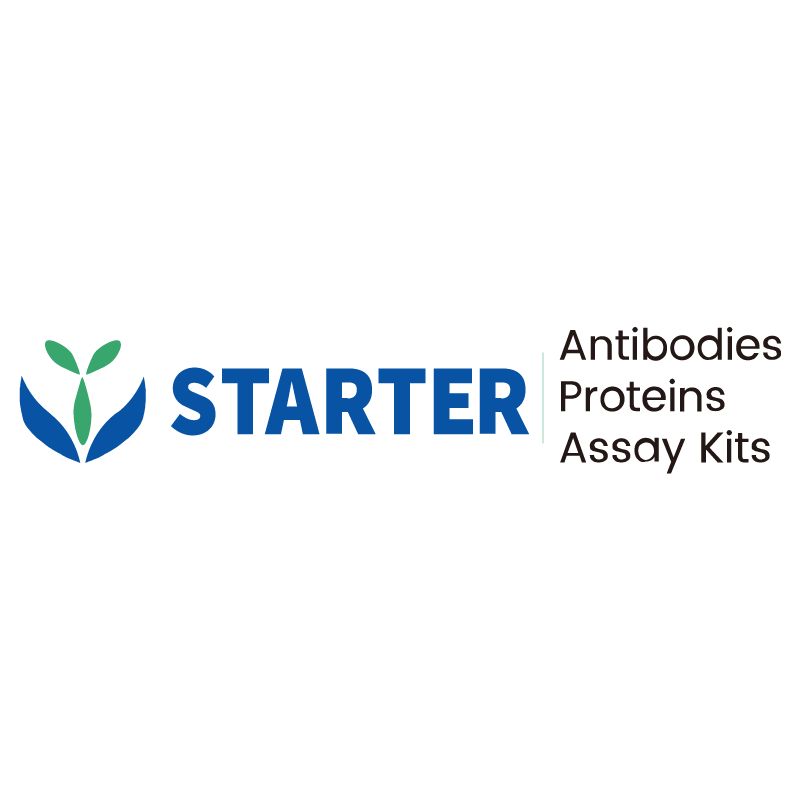ICC analysis of Hela cells treated with BrdU (10uM for 24 hours) (top panel) and untreated THP-1 cells (below panel). The cells were fixed with 100% methanol (5 min) and then subjected to acid hydrolysis using 2M HCL in 0.1% PBS-Tween for 30 minutes at room temperature to denature the DNA. The cells were then permeabilized with 0.1% PBS-Triton X-100. Anti- BrdU (FITC Conjugate) antibody was used at 1/500 dilution (Green) and incubated overnight at 4°C. Nuclei were counterstained with DAPI (Blue). Counterstain with tubulin (Red).
Product Details
Product Details
Product Specification
| Host | Mouse |
| Antigen | BrdU |
| Location | Nucleus |
| Clone Number | S-R639 |
| Antibody Type | Mouse mAb |
| Isotype | IgG1,k |
| Application | ICC |
| Reactivity | Species Independent |
| Positive Sample | Hela cells treated with BrdU |
| Purification | Protein G |
| Concentration | 2 mg/ml |
| Conjugation | FITC |
| Physical Appearance | Liquid |
| Storage Buffer | PBS, 25% Glycerol, 1% BSA, 0.3% Proclin 300 |
| Stability & Storage | 12 months from date of receipt / reconstitution, 2 to 8 °C as supplied. |
Dilution
| application | dilution | species |
| ICC | 1:500 | Hu |
Background
BrdU (5-bromo-2'-deoxyuridine) is a thymidine analog that can be incorporated into newly synthesized DNA strands during DNA replication, used to detect cell proliferation. BrdU antibodies are monoclonal or polyclonal antibodies that specifically recognize BrdU-labeled DNA and are widely used in experiments such as immunohistochemistry and flow cytometry to visualize or quantitatively analyze proliferating cells.
Picture
Picture
Immunocytochemistry


